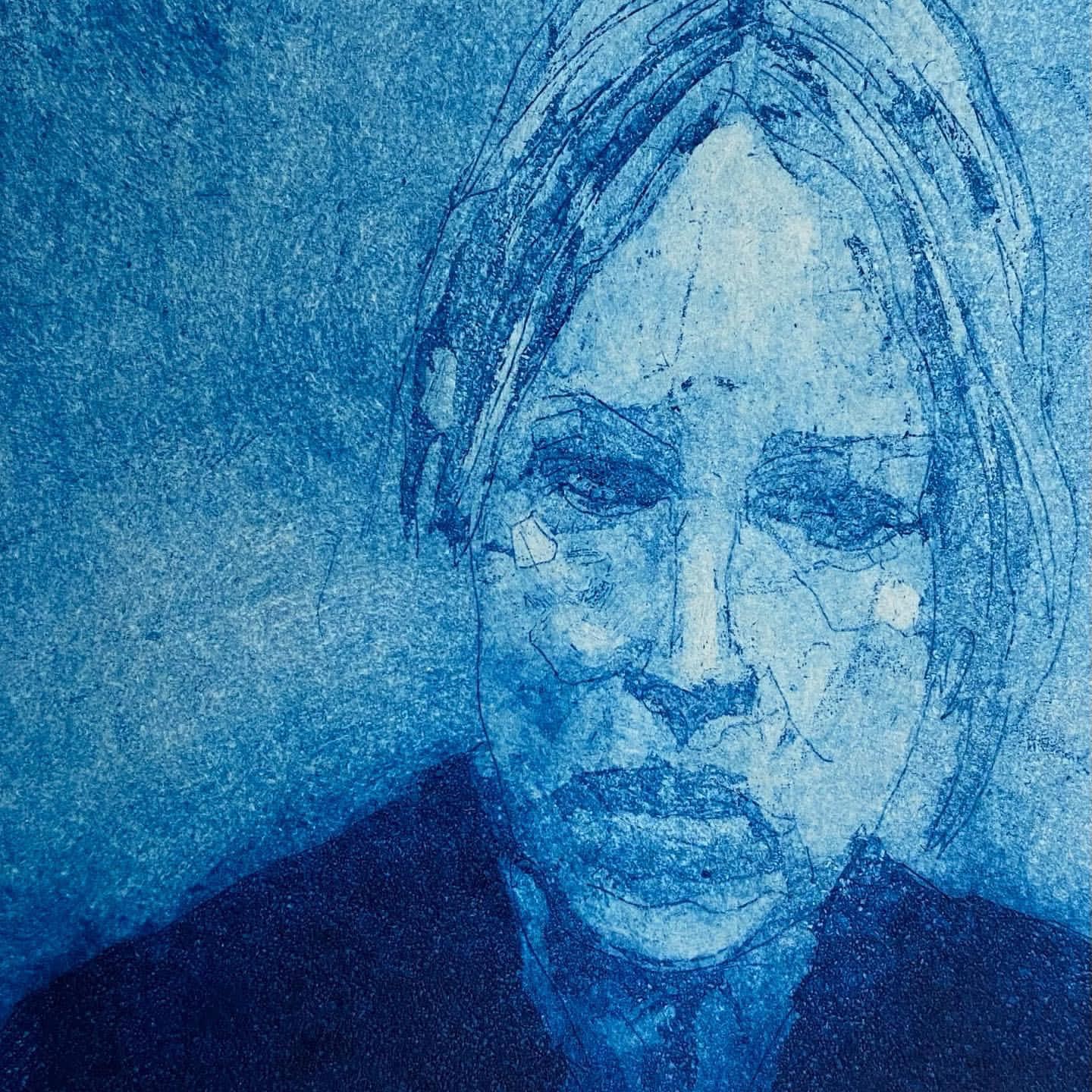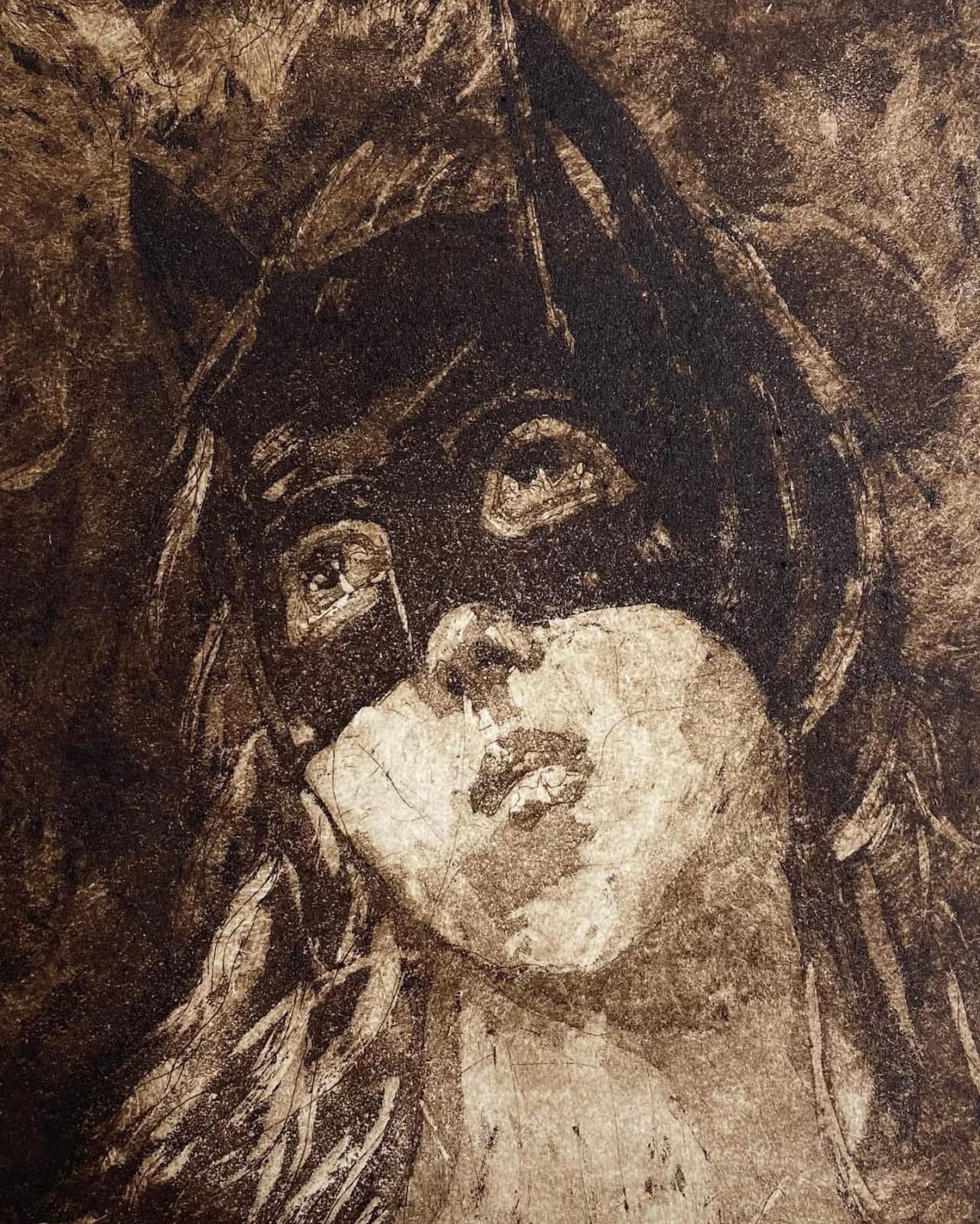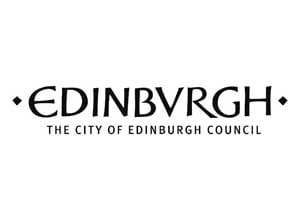A selection of Brian Speedie's prints are available in the shop.
I've been a studio member of Edinburgh Printmakers for five years. I visited the gallery and the shop in the old building in Union Street quite a few times before I joined, and remember looking down on the studio from the viewing window, admiring the engagement and purposefulness, and thinking that it would be great to be part of it all.
I signed up for a stone lithography course with Alistair Clark, loved it, and spent the next few months building up experience in the studio before becoming a full member. I was encouraged by the openness and generosity of the more experienced members, and by the depth of knowledge and professionalism of the technicians who came to my rescue on so many occasions, without judging.
I loved art when I was at school, but I had to drop it in third year to focus on the science subjects. I seemed to be quite good at science, and it was taken for granted that this was the serious career option. Subject choice columns have a lot to answer for and I've been picking up the pieces ever since. I spent much of my time at university visiting the art gallery in Aberdeen or tucked away in the English Literature section of the Old College Library, places of real solace. I completed my degree in biochemistry and embarked on a career in education, but I always knew that the tail was wagging the dog. It's taken half a lifetime, but the dog has finally, properly bitten back. It's won. I'm now in the very fortunate position of being able to spend the majority of my time making art, printing away in the studio, as fulfilled and as happy as Larry.
In painting, I've always been drawn to oils. It's something to do with the way that time for contemplation and change is inherent the medium. The sense of continuity of practice over many, many years of development is hugely attractive. You can't be more conscious of time than when you're bonding with a lump of Bavarian limestone from the Jurassic period in stone lithography. The process offers similar opportunities for contemplation and change. The stones themselves hold memories of past images which can resurface unexpectedly. Sometimes this is good. Sometimes it isn't. It feels alive.
More recently, I've taken up etching and aquatint. It's early days, but I'm already kind of hooked.
I try to cultivate a critical dreaminess when I'm working. That's the best way that I can describe it. I usually have some source material loosely in mind, often fragments of poems that have affected me without having nailed down their meanings. I'm reading a lot of John Ashberry and Wallace Stevens at the moment, as well as the Four Quartets by T.S Eliot and some writing on the science of time. Carlo Rovelli's books, which shed light on the ambiguities and uncertainties that lie at the heart of science, have had an impact too.
My work on stone has been mainly non-figurative, and the best of it (or at least the work that most satisfies me) shows a dialogue or tension between things, marks, that happen and are allowed to do their own thing and those that are quite deliberate and managed. It makes some kind of sense to me, visually, as a way of proceeding. More recently, my first experiments in etching have brought an increased focus on drawing and figuration. I'm keeping an open mind as to where that may lead.









